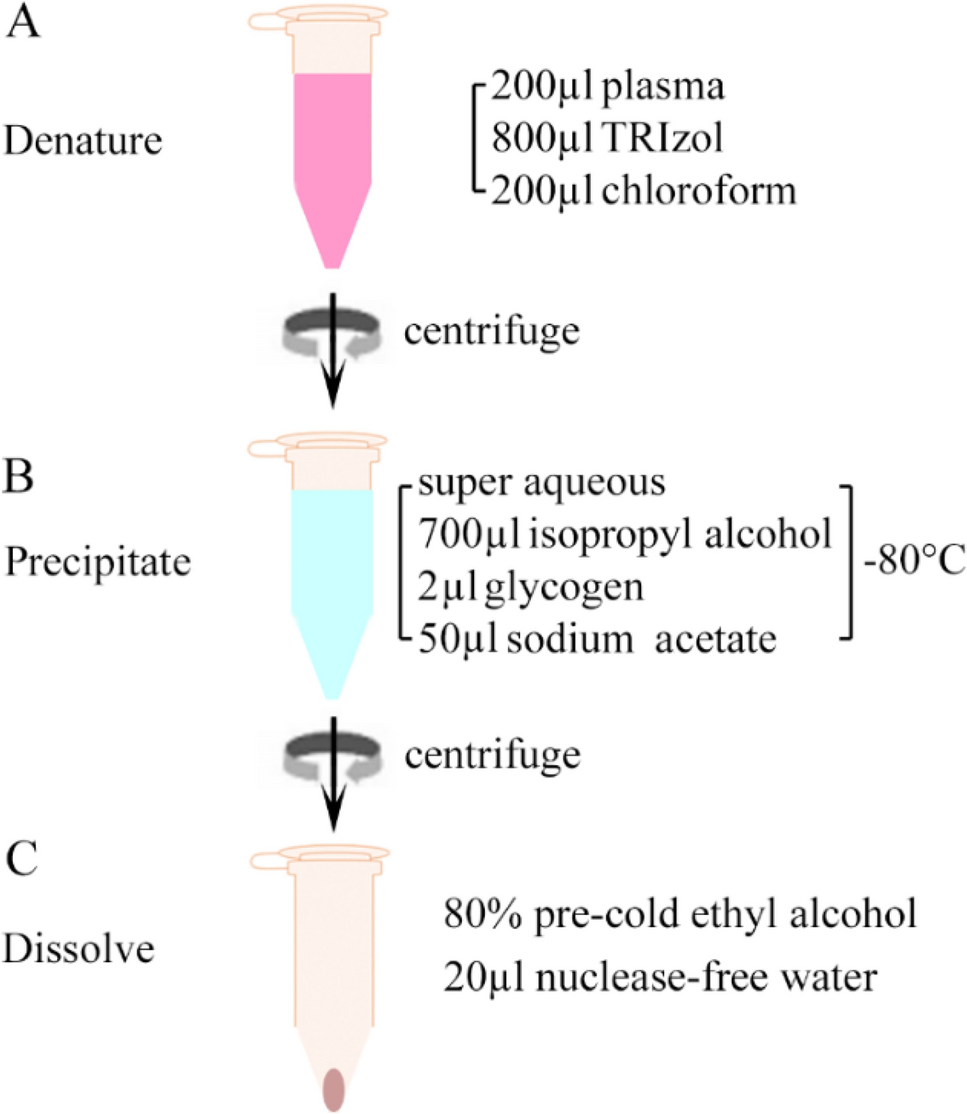MiRNAs regulate the expression of goal genes in various mobile processes and therefore play essential roles in several physiological processes, but little is understood in regards to the abdomen microRNAome (miRNAome) of the Tibetan pig. The target of this experiment was to analyze differentially expressed abdomen miRNAs collaborating in digestion. Firstly, we remoted complete RNA by Trizol reagent from three Tibetan and three Yorkshire purebred pigs abdomen samples at 90-day-old.

Secondly, a complete evaluation of Tibetan and Yorkshire pig abdomen miRNAomes was carried out by small RNA sequencing. Lastly, SYBR Inexperienced Actual-time RT-PCR was carried out to validate the differentially expressed miRNAs. We recognized 318 distinctive miRNAs, 260 have been co-expressed in each libraries, 17 and 31 miRNAs have been particularly expressed in Tibetan and Yorkshire pigs respectively.

Fifty six differentially expressed miRNAs have been recognized by the figuring out differentially expressed genes 6 (IDEG6). Kyoto encyclopedia of genes and genomes evaluation revealed that a few of the differentially expressed miRNAs have been related to protein and fats digestion. Two differentially expressed miRNAs (miR-214-3p and ssc-un39) collaborating within the digestion of lipid have been recognized.
Moreover, qRT-PCR outcomes urged {that a} larger expression of miR-214-3p within the Tibetan pig abdomen might result in comparatively decrease expression of calcium-dependent phospholipase A2, which is an enzyme essential for the digestion of glycerol phospholipid.
This examine has delineated the totally different abdomen miRNAs expression patterns of Tibetan and Yorkshire pigs, which might assist clarify the regulatory mechanisms of miRNAs in digestion of Tibetan pigs, and contribute to make the most of a the distinctive digestion deserves of Tibetan pig in future porcine hybridization breeding.
Nuclear factor-κB (NF-κB) signaling performs important roles in inflammatory responses. Nevertheless, whether or not the expression ranges of NF-κB household genes have an effect on inflammatory responses is unclear. Furthermore, little is thought concerning the affiliation between NF-κB household genes expression and the pathogenesis of continual obstructive pulmonary illness (COPD).
A complete of 186 unrelated sufferers with acute exacerbations of COPD and 180 wholesome controls have been recruited. Whole RNA was extracted from the peripheral fasting blood of every topic utilizing trizol reagent. The current examine was undertaken to evaluate the connection between the expression ranges of NF-κB household genes mRNA and of inflammatory markers related to COPD pathogenesis.
Proteome profiling of extracellular vesicles captured with the affinity peptide Vn96: comparability of Laemmli and TRIzol protein-extraction strategies.
Pattern quantity is usually a limiting issue for multi-parametric analyses that embody not less than three areas of ‘-omics’ analysis: genomics, transcriptomics and proteomics. Restricted pattern quantities are additionally an essential consideration when these multi-parametric analyses are carried out on extracellular vesicles (EVs), as the quantity of EVs (and EV cargo) that may be remoted is usually very low.
It’s nicely understood that a monophasic resolution of phenol and guanidine isothiocyanate (i.e. TRIzol©) can concurrently isolate DNA, RNA and proteins from organic samples; nonetheless, it’s mostly used for the extraction of RNA. Validation of this reagent for the isolation of a number of lessons of organic molecules from EVs would supply a extensively relevant technique for performing multi-parametric analyses of EV materials.
On this report, we describe a comparability of proteins recognized from EVs processed with both TRIzol© or the traditional Laemmli buffer protein-extraction reagents. EVs have been remoted from three mL of cell-culture supernatant derived from MCF-10A, MCF-7 and MDA-MB-231 cells utilizing the Vn96 EV seize expertise. For the TRIzol© extraction protocol, proteins have been precipitated with acetone from the natural part after which re-solubilized in a combination of 8M urea, 0.2% SDS and 1 M Tris-HCl pH 6.8, adopted by dilution in 5× loading buffer previous to fractionation with 1D SDS-PAGE.
NanoLC-MS/MS of the trypsin-digested proteins was used to generate proteomic profiles from EV protein samples extracted with every technique. Of the recognized proteins, 57.7%, 69.2% and 57.0% have been widespread to each extraction strategies for EVs from MCF-10A, MCF-7 and MDA-MB-231, respectively. Our outcomes counsel that TRIzol extraction of proteins from EVs has vital equivalence to the standard Laemmli technique.
